We’re at that time of year when the weather starts to cool down, and with the seasonal changes comes the great thermostat battle; do you crank up the heater or just grab another blanket? What if we told you there’s a smarter way to keep your home comfy without sending your energy bills through the roof? Sustainable living starts right at home, and this is where energy-efficient window furnishings come into their own.
By upgrading to thermal interlined blinds and curtains, honeycomb blinds, or timber shutters, you can lock in warmth, keep the chill out, and use less energy. And that’s good for the planet and your wallet. Let’s dive into how your choice of blinds can make a big difference in sustainable living.

Table of Contents
ToggleHow Much Energy Are Your Windows Wasting?
Windows might offer a great view, but they’re also notorious for heat loss in winter and heat gain in summer. In fact, up to 87% of heat gain in summer and 40% of heat loss in winter happen through windows in Australian homes1. That means your aircon and heater have to work overtime, pushing up energy costs and your carbon footprint2.
The solution? Insulating your windows properly with clever energy-saving blinds that help regulate indoor temperatures.
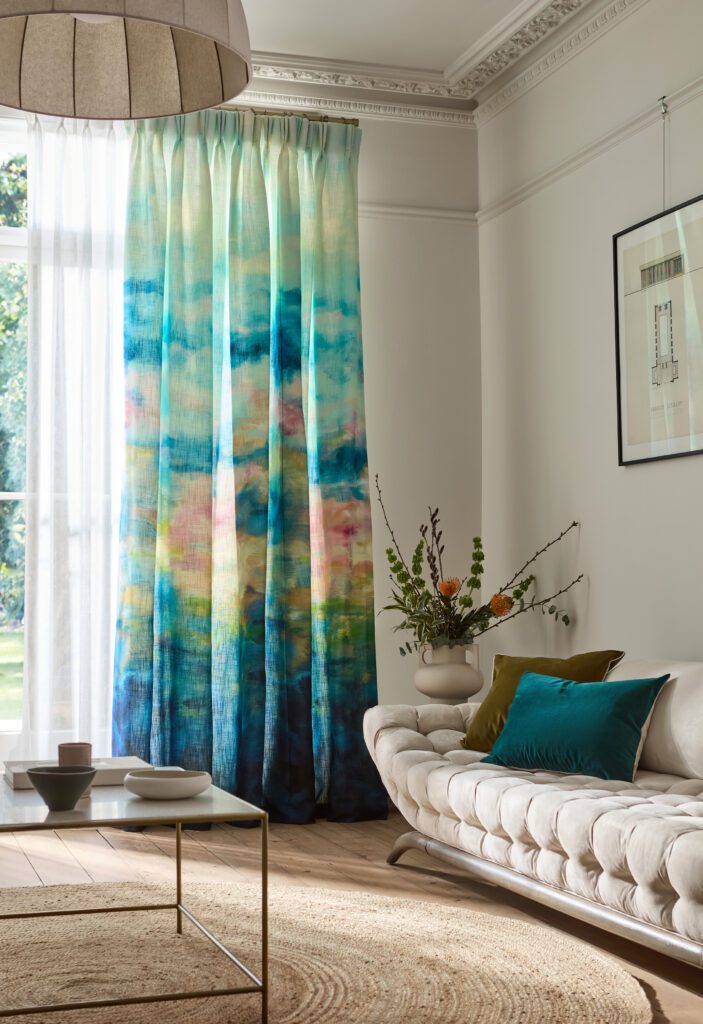

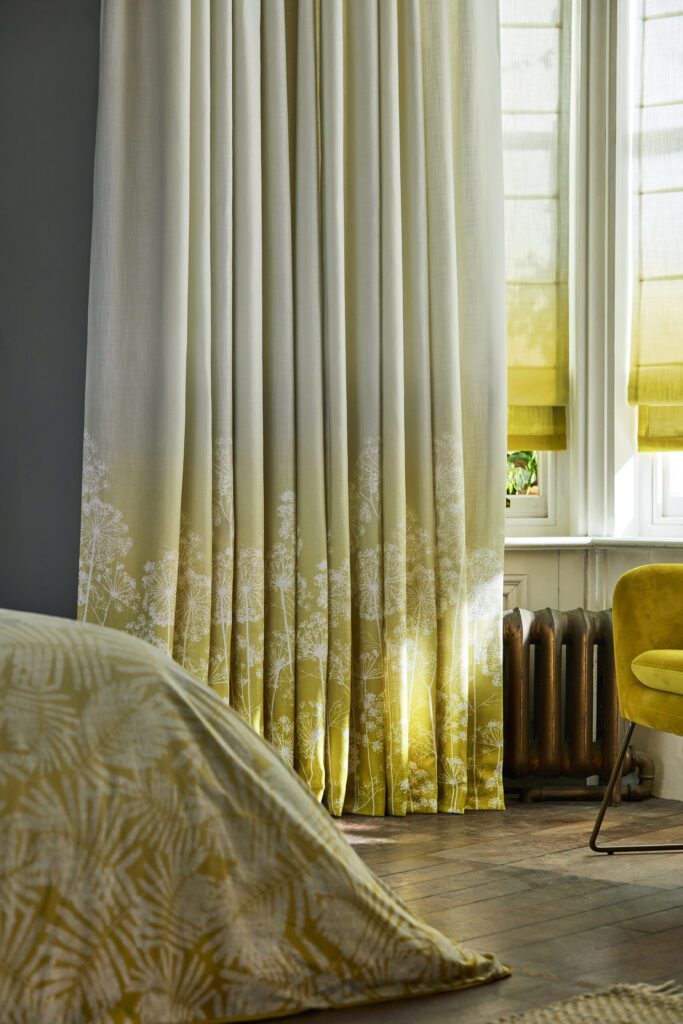
Thermal Interlined Blinds: Your Home’s Secret Weapon
Think of thermal window furnishings, like curtains or roman blinds with thermal interlining, as your home’s cosy winter coat. They act as an extra barrier between your home and the outside world, keeping warmth in when it’s cold and blocking heat out when it’s hot.
Less reliance on heating and cooling = lower energy bills and a smaller environmental impact. Win-win!
Honeycomb Blinds: Small Cells, Big Savings
Honeycomb blinds (also called cellular shades) are the superheroes of energy efficiency. Their unique design traps air within the honeycomb cell structure, creating an insulating layer that keeps rooms cooler in summer and warmer in winter.
By reducing heat transfer, honeycomb blinds lighten the load on your heating and cooling systems, helping you save money while making your home more sustainable.

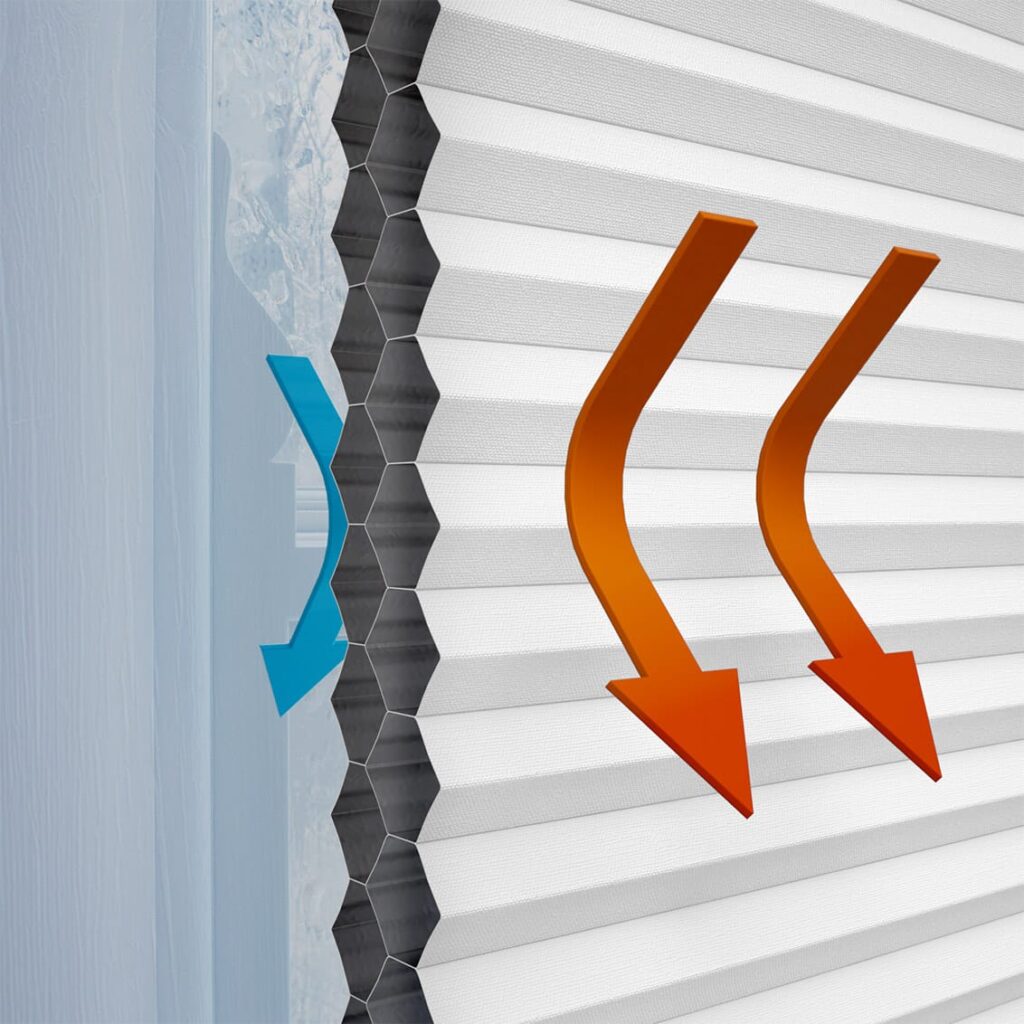

The Role of Shutters in Energy Conservation
Timber shutters aren’t just a timeless design choice, they’re also great for insulation. When closed, they act like a solid barrier, keeping your indoor temperature steady. That means less heat escaping in winter and less heat creeping in during summer. The result? A more comfortable home with less need for artificial heating or cooling3. Plus, they come in a stunning range of colours!



Tailoring Blinds to Home Orientation
The orientation of your home significantly influences its exposure to sunlight and, consequently, its thermal performance. Here in the Southern Hemisphere, north- and west-facing windows receive substantial sunlight, leading to increased heat gain. To mitigate this, consider installing blinds with higher insulating properties on these windows. For instance, honeycomb blinds or thermal interlined curtains can effectively reduce heat transfer, enhancing comfort and energy efficiency. Sustainability Victoria recommends shading large west, east, and north-facing windows to improve energy efficiency4.
Which Blinds Work Best for Your Home?
When we consider which direction our windows are facing and have an understanding that the orientation of the home directly impacts the thermal efficiency, we can make better choices when it comes to which window furnishings will make the greatest impact. Here are some things to consider:
- North- and west-facing windows get the most sun, making rooms uncomfortably hot. Honeycomb blinds or blockout and thermal interlined curtains can help reduce this heat gain.
- South-facing windows receive little direct sunlight, so you might want blinds that let in natural light while still offering insulation.
- East-facing windows get the morning sun but cool down in the afternoon, so light-filtering options could work well here.
According to Sustainability Victoria, shading west, east, and north-facing windows can significantly improve energy efficiency, keeping your home cooler in summer and warmer in winter.
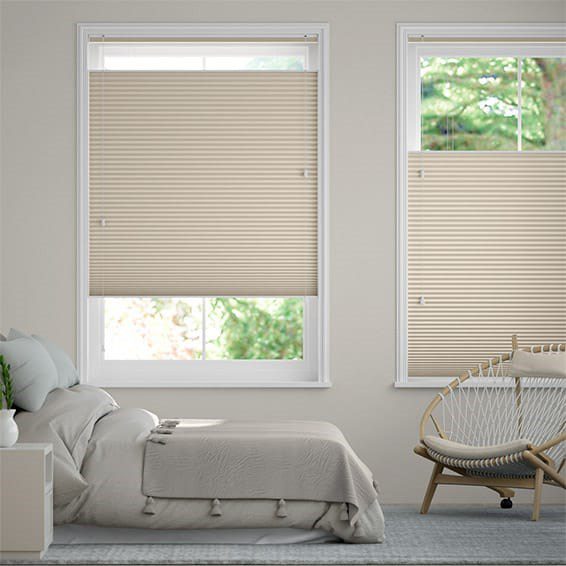
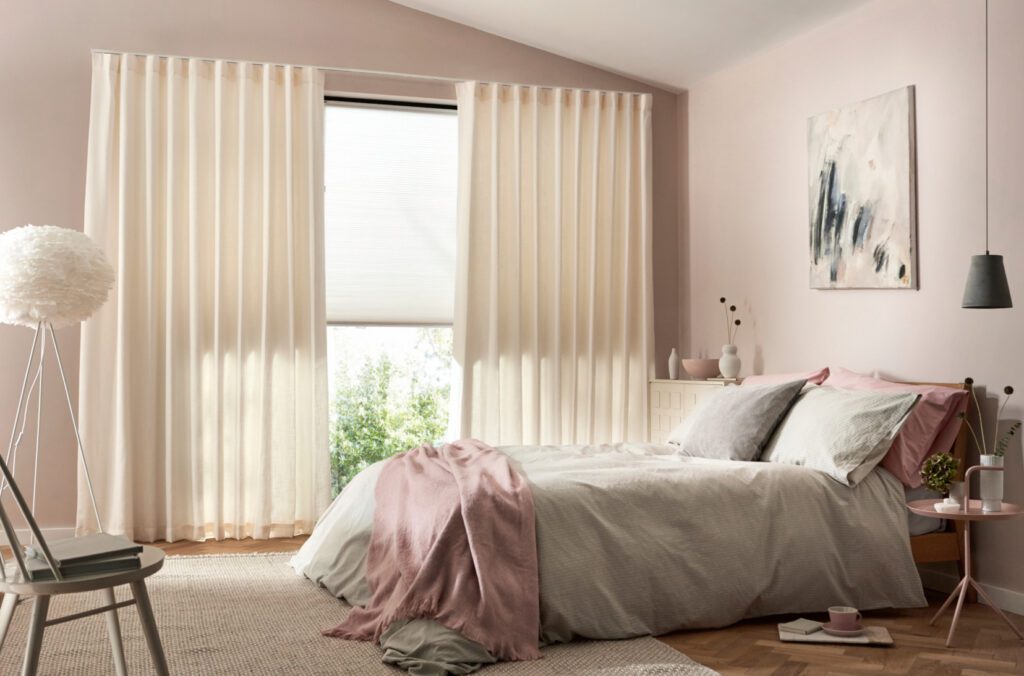
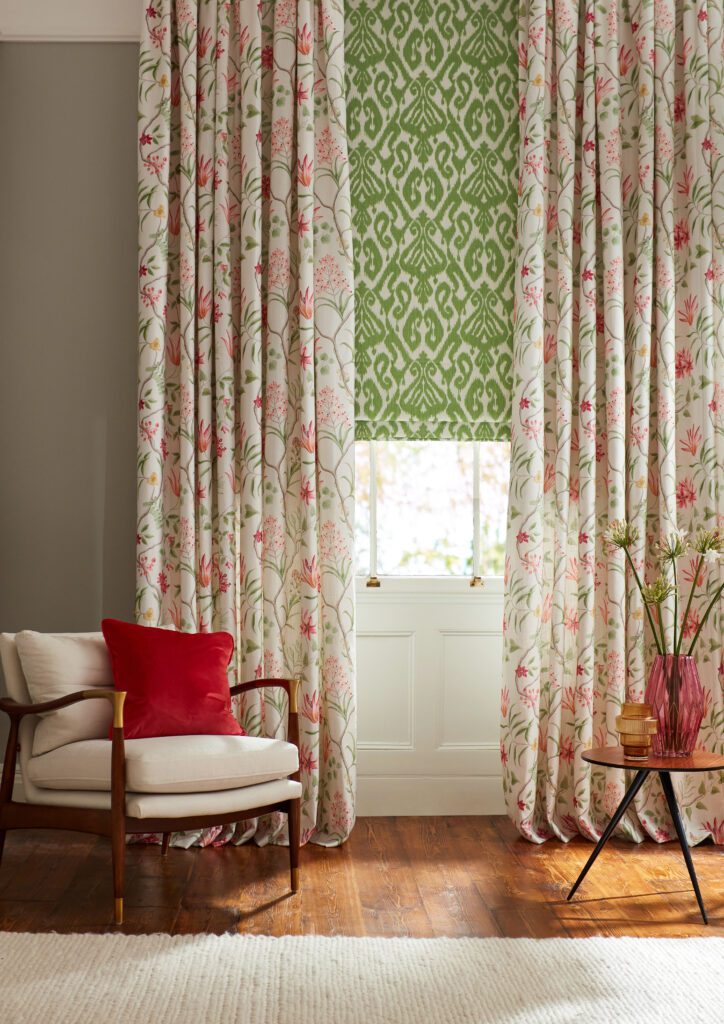
Outdoor Blinds and Full Blockout Solutions for sustainable living
Want to really take your insulation to the next level? Outdoor blinds create an extra layer of defense, stopping heat before it reaches your windows. In winter, they help block icy winds from creeping into your home.
Meanwhile, full blockout blinds eliminate light penetration and provide maximum insulation. These are perfect for bedrooms and media rooms where you want total control over light and temperature.



Smart Blinds = Smarter Energy Use
Want to save energy without lifting a finger? Our SmartView motorised blinds can be scheduled to open and close at the best times for energy efficiency. Let the sun warm your home in the morning, then close the blinds to keep in the heat at night. Setting timers and scenes means you don’t even have to think about it. The blinds will continue to operate even if you’re not at home.
Renters, We’ve Got You Covered Too!
Think you need to own your home to enjoy energy-efficient blinds? Nope! Our No Drill blinds, including Click2Fit Honeycomb Blinds and Click2Fit Roman Blinds, are renter-friendly and super easy to install (no tools required!). Enjoy the benefits of insulation without making permanent changes. These No Drill options are easy to install and remove, providing flexibility without compromising on energy efficiency.
Take the Next Step Towards Sustainable Living
Upgrading your blinds is one of the easiest ways to make your home more energy-efficient. By choosing options like thermal interlined curtains, honeycomb blinds, shutters, and integrating smart technology, you can stay comfortable year-round while lowering your environmental impact.
Ready to transform your home into an energy-efficient haven? Explore our range of energy-efficient blinds today and start saving!
- https://www.abc.net.au/news/2023-09-09/windows-energy-efficiency-in-the-home/ ↩︎
- https://en.wikipedia.org/wiki/Passive_solar_building_design ↩︎
- https://www.yourhome.gov.au/passive-design/shading ↩︎
- https://www.sustainability.vic.gov.au/energy-efficiency-and-reducing-emissions/building-or-renovating/build-for-energy-efficiency/key-principles-of-energy-efficient-design/windows-and-shading/reducing-heat-gain-through-windows ↩︎
